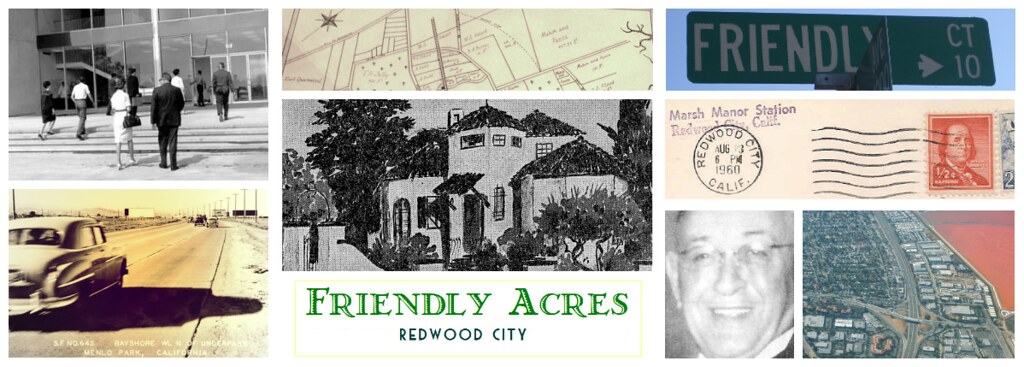Fiddler on the Roof
Fiddler on the Roof, the movie, just happens to be on the box this evening. Timely since the story is very evocative of the political background that Harry Friend, the developer of Friendly Acres, left behind when he left Prussia-Poland with his wife in 1901.The movie, a musical, is based on the stories of Tevye the Milkman, by Sholem Alecheim, and set in Russia in 1905. Topol stars as the main character. The original stories were published in 1894, so its quite possible that Harry Friend had read them or heard of them. But its more likely that Art and Life converged.
The pogroms and unrelenting Tsarist persecutions of the Jews, and brewing Bolshevik revolution, sent many fleeing to England and America at the end of the 19th century.
Harry and his bride Gussie were just some of the many many Eastern Europeans who escaped and emigrated at that time. They were married on Christmas Eve, Dec 24 1900. Harry had turned 21 the month before and Gussie was 20. He left for America in 1901 and then Gussie came over in 1902.
In a strange coincidence, just like in the story of Tevye, the Friends' daughter, Eva, also ended up marrying a rich butcher - Jean Bercut, the younger brother of a family of French men who ran the Bercut Brothers Meat Market, also known as Grant Market, one of San Francisco's more important food institutions in the early to mid 20th century.
Click here to read more about Harry Friend's livelihood before becoming a property developer.
References:
World of Our Fathers traces the story of Eastern Europe's Jews to America over four decades. Beginning in the 1880s, it offers a rich portrayal of the East European Jewish experience in New York, and shows how the immigrant generation tried to maintain their Yiddish culture while becoming American. It is essential reading for those interested in understanding why these forebears to many of today's American Jews made the decision to leave their homelands, the challenges these new Jewish Americans faced, and how they experienced every aspect of immigrant life in the early part of the twentieth century.
Of all the characters in modern Jewish fiction, the most beloved is Tevye, the compassionate, irrepressible, Bible-quoting dairyman from Anatevka, who has been immortalized in the writings of Sholem Aleichem and in acclaimed and award-winning theatrical and film adaptations.
And no Yiddish writer was more beloved than Tevye's creator, Sholem Rabinovich (1859–1916), the “Jewish Mark Twain,” who wrote under the pen name of Sholem Aleichem. Beautifully translated by Hillel Halkin, here is Sholem Aleichem's heartwarming and poignant account of Tevye and his daughters, together with the “Railroad Stories,” twenty-one tales that examine human nature and modernity as they are perceived by men and women riding the trains from shtetl to shtetl.
Source: Publisher
And no Yiddish writer was more beloved than Tevye's creator, Sholem Rabinovich (1859–1916), the “Jewish Mark Twain,” who wrote under the pen name of Sholem Aleichem. Beautifully translated by Hillel Halkin, here is Sholem Aleichem's heartwarming and poignant account of Tevye and his daughters, together with the “Railroad Stories,” twenty-one tales that examine human nature and modernity as they are perceived by men and women riding the trains from shtetl to shtetl.
Source: Publisher









